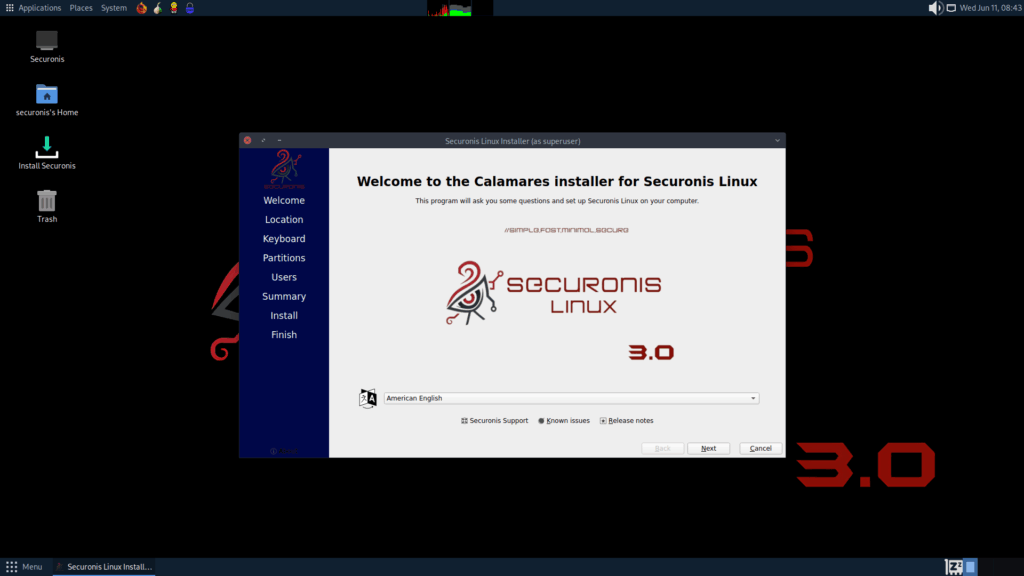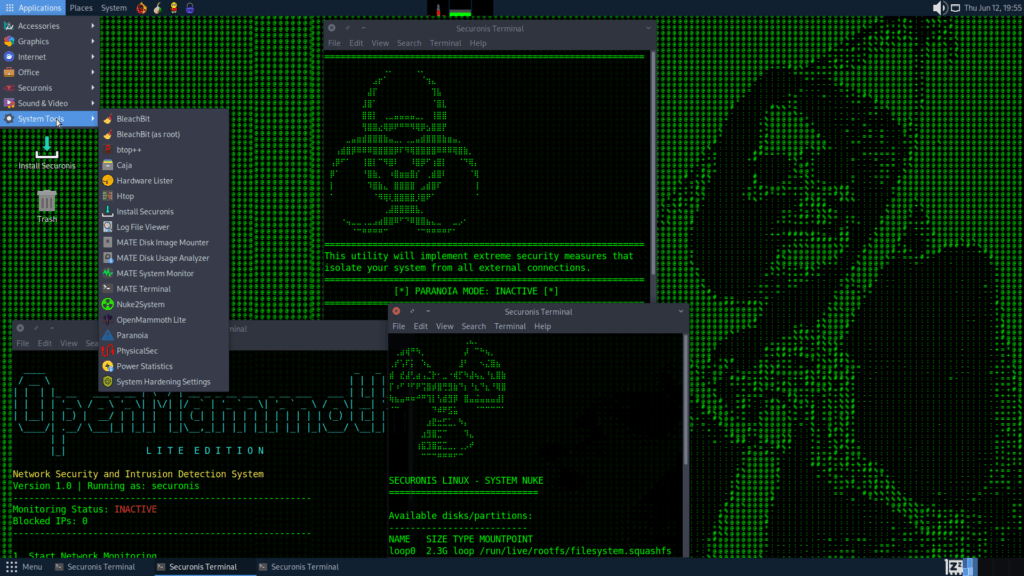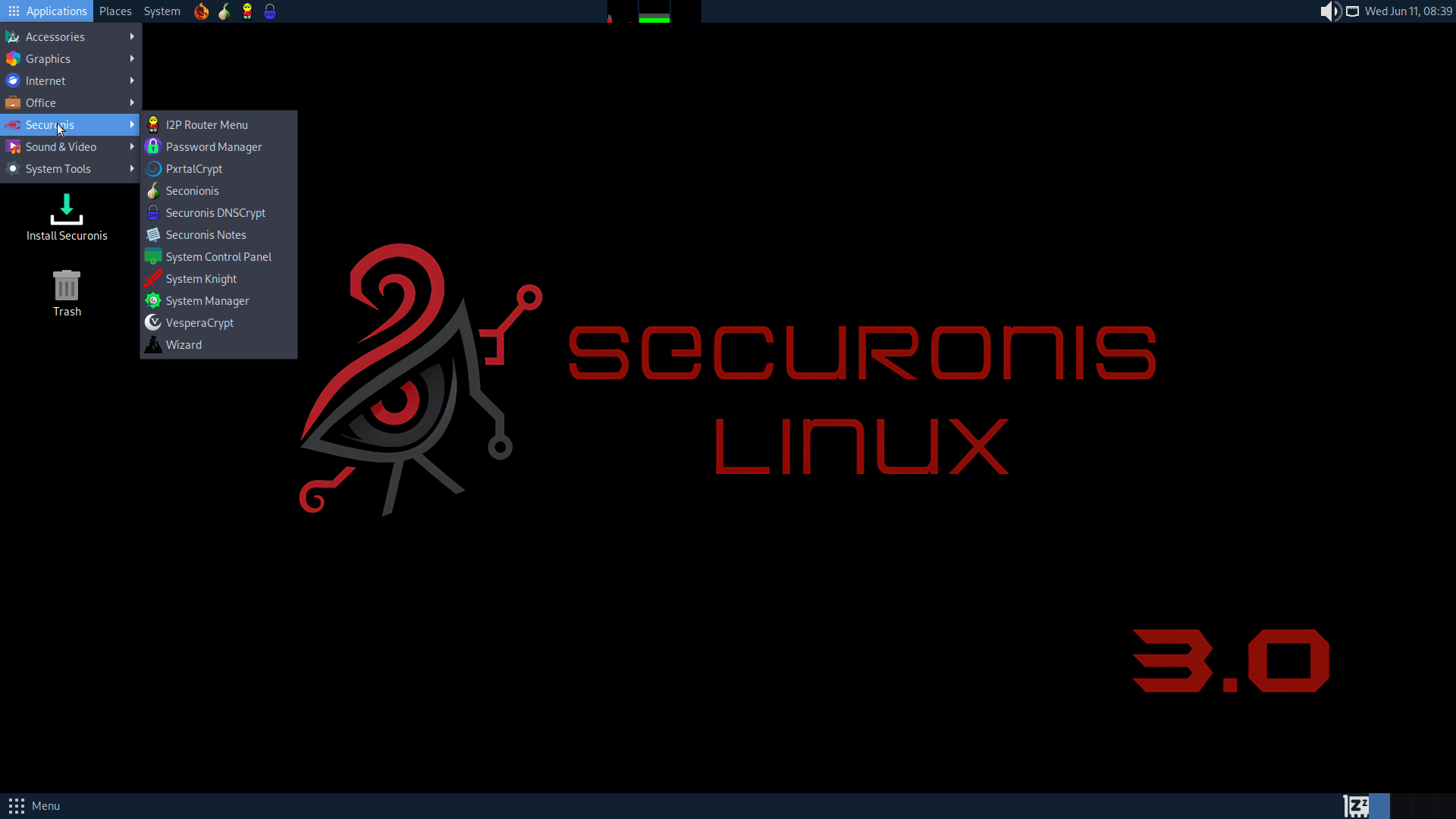Securonis Linux 3.0 has arrived (download an ISO here) and it brings a ton of changes. If you’ve been quietly following this niche security-focused Linux distro, now might be the time to finally give it a try. This version is packed with new tools, a revamped design, and a big shift in desktop environments.
Let’s address the elephant in the room first. Securonis has officially dropped the GNOME desktop. Going forward, the distro will only be available with MATE. According to the developer, maintaining both GNOME and MATE was too much for one person to handle. While some users may miss GNOME, the reality is that this change could lead to faster updates and a more focused experience.
So what are you getting in exchange? A lot. The new FireScorpion browser is a heavily hardened spin on Firefox that blocks ads and tracking out of the box. The developer claims it performed well in privacy tests from the Electronic Frontier Foundation and suggests it could even serve as an alternative to Tor when paired with Securonis.
Securonis 3.0 also introduces tools like Data Destroyer for secure file deletion, ColdBootDef to clear RAM during shutdown and prevent memory-based attacks, and System Knight for scanning your system for malware and rootkits. Several existing utilities like Paranoia, Nuke2System, and PhysicalSec have been completely redesigned as standalone apps.

The built-in password manager has been rebuilt from scratch with a modernized interface. The I2P Router Menu and System Control Panel have both been cleaned up with unnecessary sections removed. Minor performance improvements are also part of the update, along with a kernel upgrade from version 6.12.27 to 6.12.30.
Some features have been retired. Panic Mode has been broken up into individual tools. Netxtrack has been removed due to its complexity, and older tools like Symonitoring and Netraffic are no longer included.

This release was tested on a wide range of hardware, including systems with AMD and NVIDIA GPUs. While the open source NVIDIA driver works out of the box, users who prefer the proprietary driver can type a command in the terminal for installation guidance. Also worth noting, AppArmor only becomes active after installation, not in the live environment.
The developer acknowledges that version 3.0 was released a bit earlier than expected due to stability issues in version 2.6. However, those bugs are said to be fixed and a long list of new features has been added. Feedback is encouraged, as development is still a one-person operation.

Securonis Linux 3.0 may not appeal to casual users, but for those serious about privacy and security, it might be worth trying it out. Just don’t expect to find GNOME here ever again.


